If you're like most golfers at some point you've probably asked yourself, "What kind of golf ball should I use?" With the plethora of options available, it's easy to get overwhelmed by the sheer variety. Where do you even start? Should you play a soft golf ball or a hard golf ball? Are three-piece golf balls better than two-piece quality golf balls? Should you play with a premium golf ball or a cheap ball (value-oriented ball)?
There is no straightforward answer to these questions. It depends on your game and what you're looking for in a golf ball. For example, if you're a mid-handicapper, you may bomb it off the tee but struggle to create spin around the green. Maybe you're new to the game and all you seem to do is hit a nasty slice. Or maybe you're a senior looking to turn back the years and gain some distance off the tee.
Worry not, my dear golfing friends! This comprehensive guide will help you navigate the never-ending world of golf balls and find the perfect match for your game. We'll explore the fundamentals of golf ball construction and and try to understand what's in the mind of golf ball manufacturers. And better yet, we'll provide recommendations based on the type of game that you have. So, buckle up and let's dive in and see what's inside that little golf ball of yours!
Peeling Back the Golf Ball: A Fun Exploration of Its Architecture
Welcome to our first lesson about the golf ball. In this section, we'll take a look at what makes up a golf ball. You might be thinking, "Why should I care about what's inside the golf ball? All I want is a distance ball that stops on the green." Well, understanding the inner workings of these little wonders of technology can make all the difference in your game. Just as a chef masters their ingredients to create culinary delights, so too must a golfer understand the components of their golf ball so that they can make informed decisions and find the best golf ball for their swing.
Prepare to be educated and entertained as we unravel the mysteries that lie beneath the surface of your trusty golf ball. We'll explore the significance of layers, compression, spin, and covers in a way that's both engaging and informative. So, grab a seat, loosen your golf shoes, and let's get started on this high-tech journey into the heart of golf ball architecture. Who knows, you might just discover that soft golf balls are the right golf ball for you.
The Layered Life of Golf Balls: More Than Meets the Eye
In its simplest form, a golf ball is comprised of rubber and plastic. At the center of it, is the core - the motor of the golf ball. This is where energy is stored and released creating those powerful drives every golfer is looking for. In most golf balls the core is solid rubber. However, you will also find golf balls where the center of the core is liquid-filled.
Surrounding the core are additional layers that help define the characteristics and complexity of the golf ball. There can be anywhere from 1 to 5 layers that surround the core. This is where you hear the common term, two-piece golf ball or three or four-piece ball. The more pieces the more complex the design and the higher the cost to manufacture the golf ball.
The core composition (how hard or soft it is) and the number of layers has a huge impact on the speed and distance of the golf ball, the spin of the golf ball, and the feel of the golf ball. You can have a smaller harder core designed for a high swing speed surrounded by a thin layer that promotes spin and control. This is where technology and manufacturing have taken off creating golf balls that are designed for every type of golfer and every type of swing.
Golf balls that have two or three pieces are typically less expensive and are marketed toward the average golfer looking for value and distance. On the other hand, premium golf balls usually have four or five pieces and are designed for skilled golfers who have the game to unlock all the features and technology found in multilayered balls.
Compress to Confess: The Secrets of Golf Ball Firmness
The great debate begins yet again. Is your game better with hard golf balls or softer golf balls? If we want to answer this question correctly then we need to understand the compression rating of a golf ball.
Compression ratings measure a golf ball's firmness. Low-compression golf balls have a softer core which means less energy is needed to squeeze (compress) and release the power stored in the core. High-compression golf balls boast a harder core requiring more energy and speed to unleash all the benefits wrapped inside the ball. Your swing should have enough speed and energy to maximize the spring-like effect of the core and its layers.
Your swing speed should dictate your choice of golf balls. This is where beginners and many average golfers get it all wrong. They think they need to play the most popular golf balls or the same ball as their big-hitting, low-handicap buddy. But in reality, before they think about choosing a golf ball they should understand their swing speed and match that swing speed with the correct compression rating. Take a look at the chart below to see exactly what we're talking about.
- A High Compression Golf Ball has a rating of 90 and above: It's perfect for fast swing speeds from 105 MPH and higher.
- A Mid-Compression Golf Ball has a rating between 66-89: This is designed for a moderate swing speed between 85-104 MPH.
- A Low Compression Golf Ball has a rating between 65-30: This is perfect for slower swing speeds from 85 MPH and lower.
The Spin Zone: A Spirited Spin Through Golf Ball Rotation
The spin on a golf ball affects its ball flight, distance, and control. If you're an experienced golfer looking for the absolute perfect ball here's what it would probably look like.
- Low Spin off the driver and low lofted golf clubs. This will maximize distance due to less wind resistance while providing forgiveness thanks to less side spin.
- High Spin with the short game. When you're hitting wedges and higher irons and trying to work your magic around the greens, spin is your ultimate friend. Spin will help you control the ball and stop it closer to the hole even spinning it back when you need to.
Now that you understand spin choose your golf ball wisely. The better golfer you are the more important spin is and the greater your skill the bigger the advantage of playing premium multi-layered balls.
Cover Story: The Golf Ball Cover
Covers determine a golf ball's durability, feel, and performance. There are three main types of golf ball covers. Let's take a closer look.
A Surlyn Affair: Exploring Golf Ball Cover Superiority
Surlyn golf ball covers have been a go-to choice for many golfers worldwide, proving that sometimes, it's what's on the outside that counts. If you've been wondering what type of cover you should use, Surlyn could be the answer. It boasts the perfect blend of durability, distance, and cost-effectiveness.
These durable covers are crafted from a remarkable ionomer resin, providing golf balls with the resilience that can withstand even the poorest of ball-striking rounds (and countless swings). A surlyn cover is typically found on a low-spin golf ball or a softer golf ball. These are usually two or three-piece golf balls. The low-spin characteristics help your shots soar through the air with minimal resistance, leading to longer drives and an envious glance from your golfing partners.
Plus, the wallet-friendly nature of Surlyn golf ball covers ensures you won't have to choose between your passion for golf and your budget. So, next time you're looking for golf balls, give Surlyn a whirl – you might just find it to be the perfect combination of distance and value!
Golf Ball Glamour: The Alluring Attraction of Urethane Covers
Ah, the Urethane golf ball cover – the sophisticated, alluring counterpart to the Surlyn cover that has more skilled golfers swooning over its exceptional performance. If you're looking for superior control, feel, and greenside spin Urethane could be your ideal dance partner.
Urethane covers are made from a versatile and resilient polymer, typically found on multi-layered premium golf balls. This high-tech cover allows the golf ball to dance gracefully on the green, offering a soft touch and remarkable spin control that'll have your short game singing with glee. Urethane is often the cover of choice for the low-handicap golfer who craves that extra feel and control in their game. While these swanky covers may come with a slightly higher price tag, the improvement in your short-game performance might just be worth the investment. So, if you're looking to elevate your golfing experience and savor the finer things in life, urethane golf ball covers could be the key to unlocking your true potential on the course.
When Two Worlds Collide: The Beauty of Hybrid Ionomer Golf Ball Covers
The technological advancements in golf balls have led to the development of hybrid ionomer covers which offer similar benefits and features as urethane covers, such as a soft feel. The truth is, most golfers would have a hard time telling the difference between these two cover types. It's worth noting that even skilled golfers often choose hybrid covers because they offer a good balance of value and performance.
If you're looking for the best of both worlds: performance and value combined with distance and control a hybrid cover will not disappoint. Hybrid ionomer covers boast the durability and affordability of Surlyn while offering the soft feel and enhanced spin control of urethane. The result? A golf ball cover that caters to players seeking a well-rounded experience on the course without breaking the bank. So, if you're looking for a golf ball that strikes the perfect balance between performance, feel, and cost-effectiveness, a hybrid ionomer cover might just be the fairy-tale ending you've been searching for!
Perfect Pairings: Golf Ball Recommendations Based On Your Game
Here's the moment you've been waiting for. It's time to find your perfect match. In order to pick the best golf balls for your game you need to know your strengths and weaknesses. Then you need to choose a golf ball that maximizes your strengths and minimizes your weaknesses. So what are you waiting for? Let's get started.
New Kids on The Block: Beginner
Begin with your swing speed in mind. Generally speaking, beginners should opt for two-piece, low-compression golf balls with a Surlyn cover. This combination provides optimal forgiveness, distance, and durability – a perfect starting point for budding golfers. However, don't forget about value. You're likely to lose more than a few golf balls in your early golfing days.
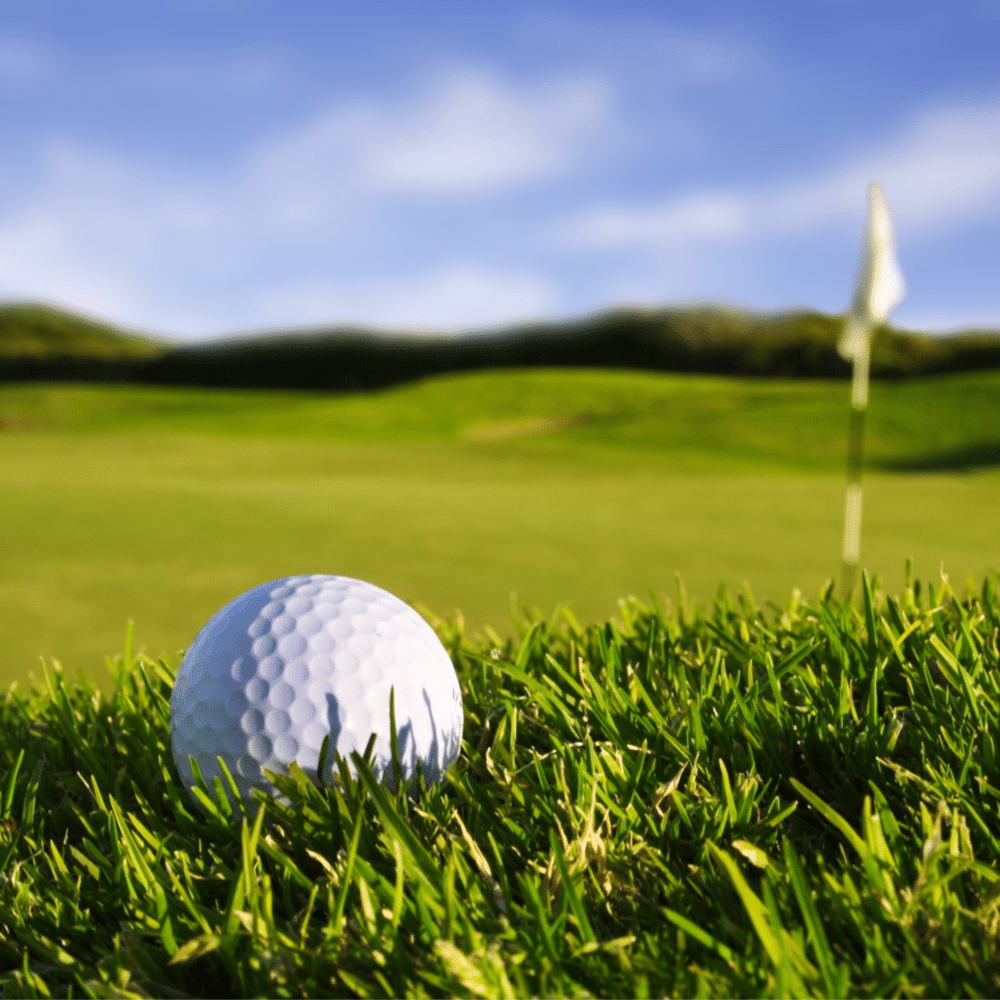
Embracing The High Life: Golf Ball Recommendations For High Handicappers
High handicappers should prioritize distance and forgiveness. Low-compression, two-piece golf balls with a Surlyn cover cater to these needs, helping to improve overall performance. However, if you have a faster swing speed look for a higher compression golf ball that prioritizes low spin and forgiveness with the driver and longer clubs in your bag. Value is another important consideration.
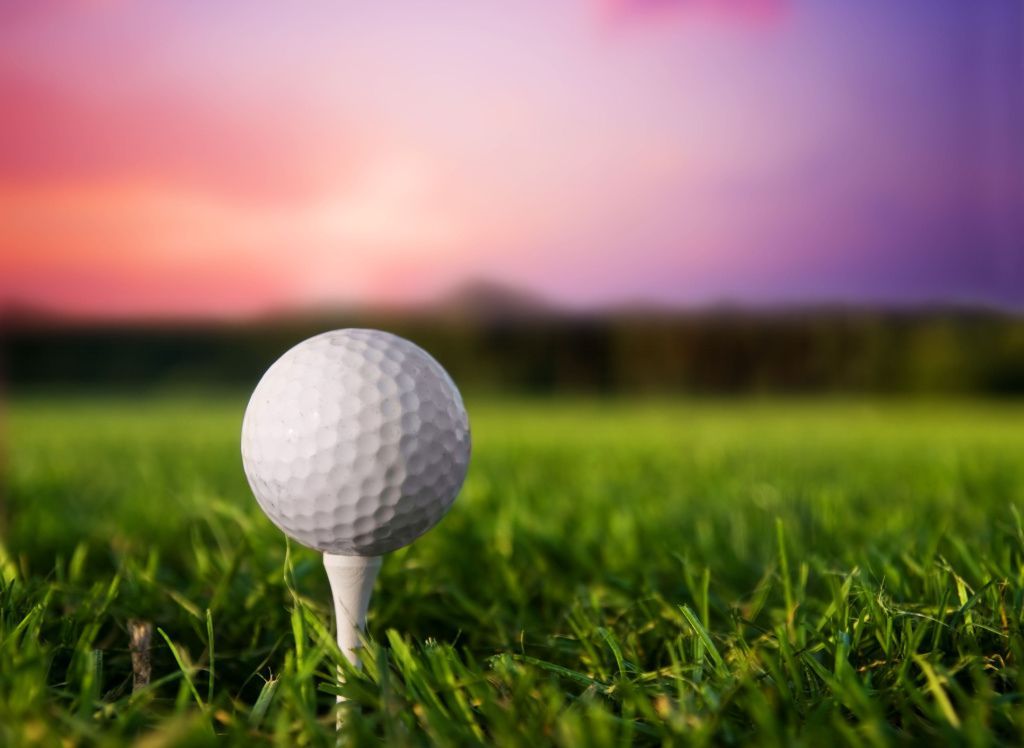
The Middle Ground: Golf Ball Recommendations For Mid-Handicap Mastery
The beauty of the mid handicapper is that they can get away with playing golf with a lot of different golf balls. But that also represents the challenge. On any given day they can play well enough to compete with low handicappers. However, to get the most out of their game they need to choose a golf ball that helps them where they need it most. Maybe they lack the distance to break 80, so they should look for a low-compression 2 or 3-piece ball. Or perhaps they have a fast swing speed and need a high-compression high-spin urethane ball for control around the greens.
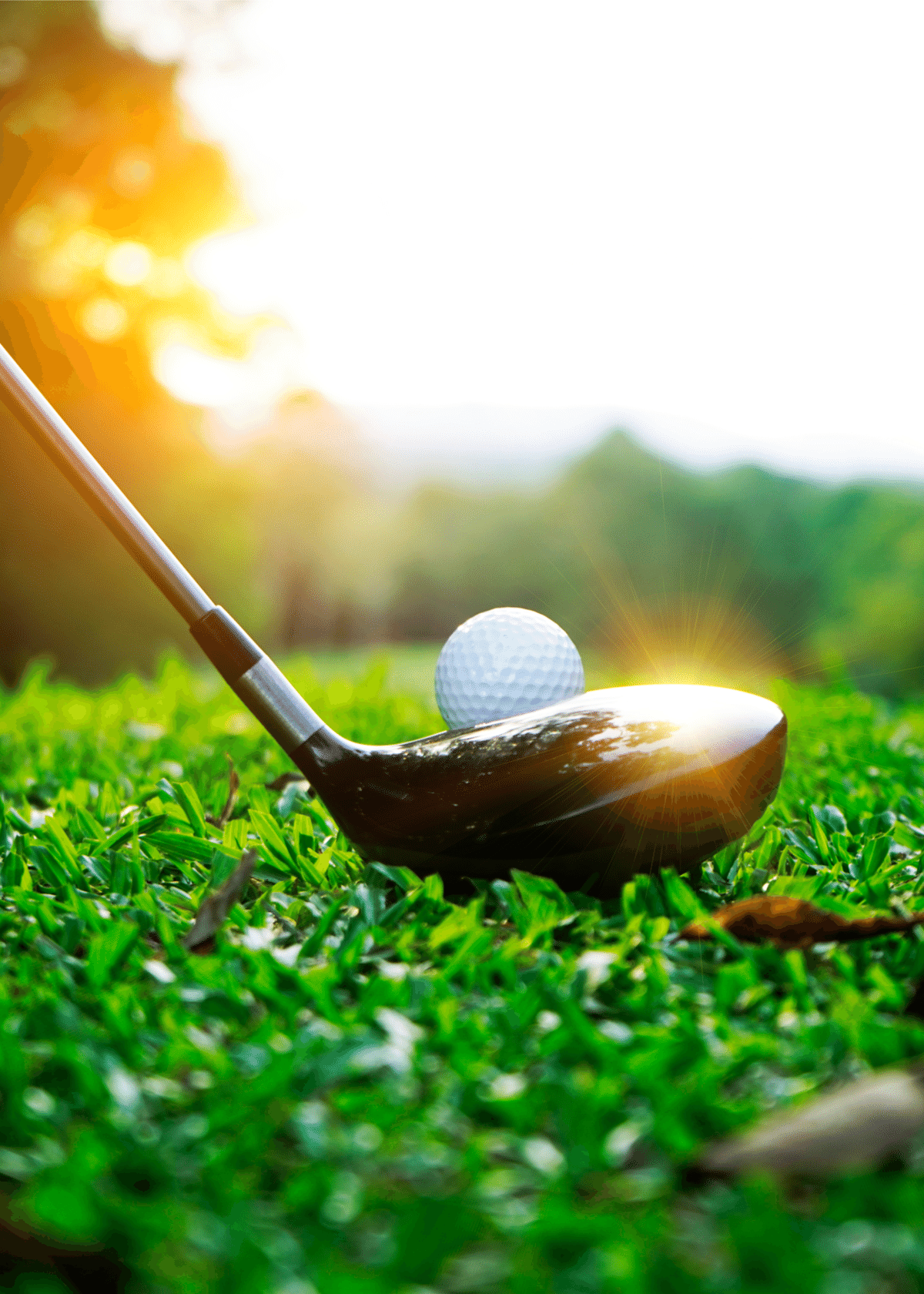
The Elder Statesman: Golf Ball Recommendations For Seniors
Seniors often prefer low-compression two or three-piece balls with a soft cover for more distance, control, and forgiveness. This setup caters to the slower swing speeds of seniors. However, there are plenty of seniors with excellent games and decent swing speeds that can benefit from premium multi-layered balls.
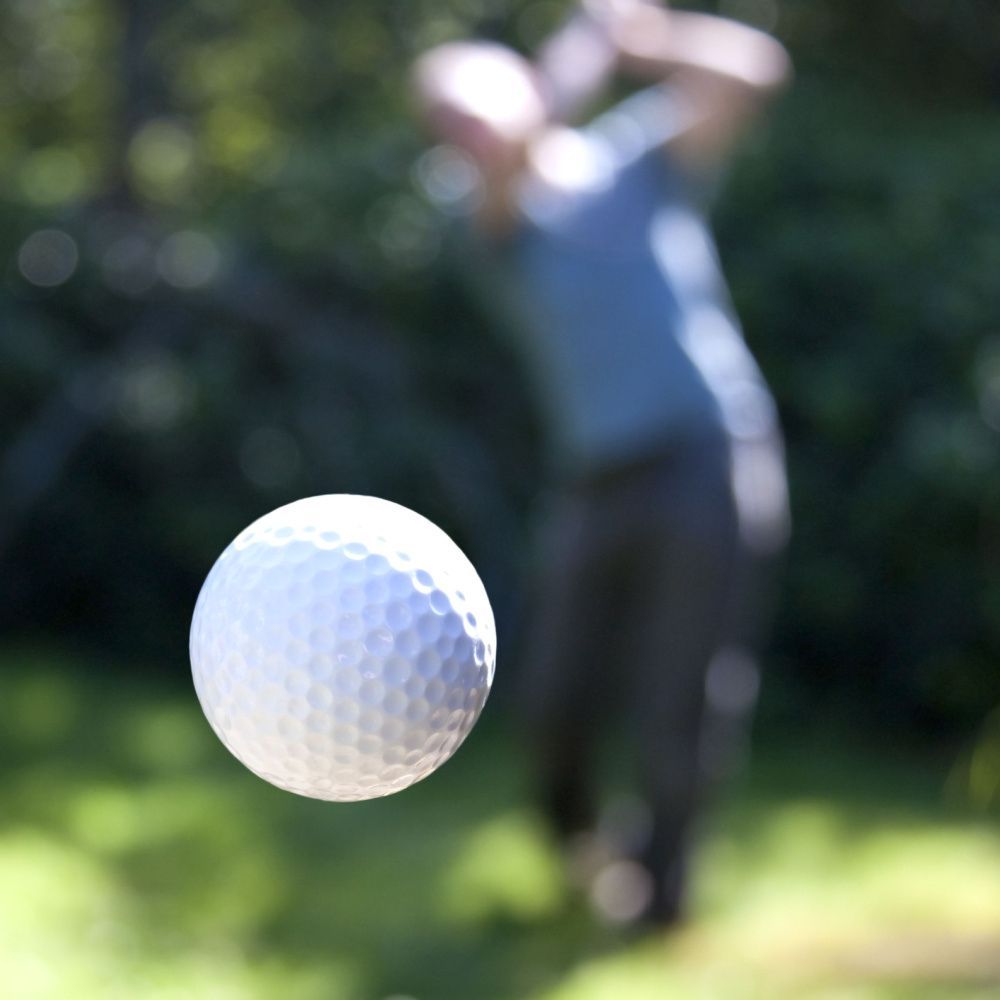
Queen of The Green: Top Golf Ball Choices For Ladies
Women golfers typically benefit from low-compression, two or three-piece golf balls with a soft cover. This combination offers improved feel and control while maximizing distance for slower swing speeds. And remember ladies are not limited to just women's golf balls. Choose a golf ball tailored to your game.

Gentle Giants: The Best Golf Balls For Players With A Slow Swing Speed
Softer golf balls tend to be the best choice for slower swingers. Lower-compression golf balls provide better energy transfer for faster ball speed and increased distance.
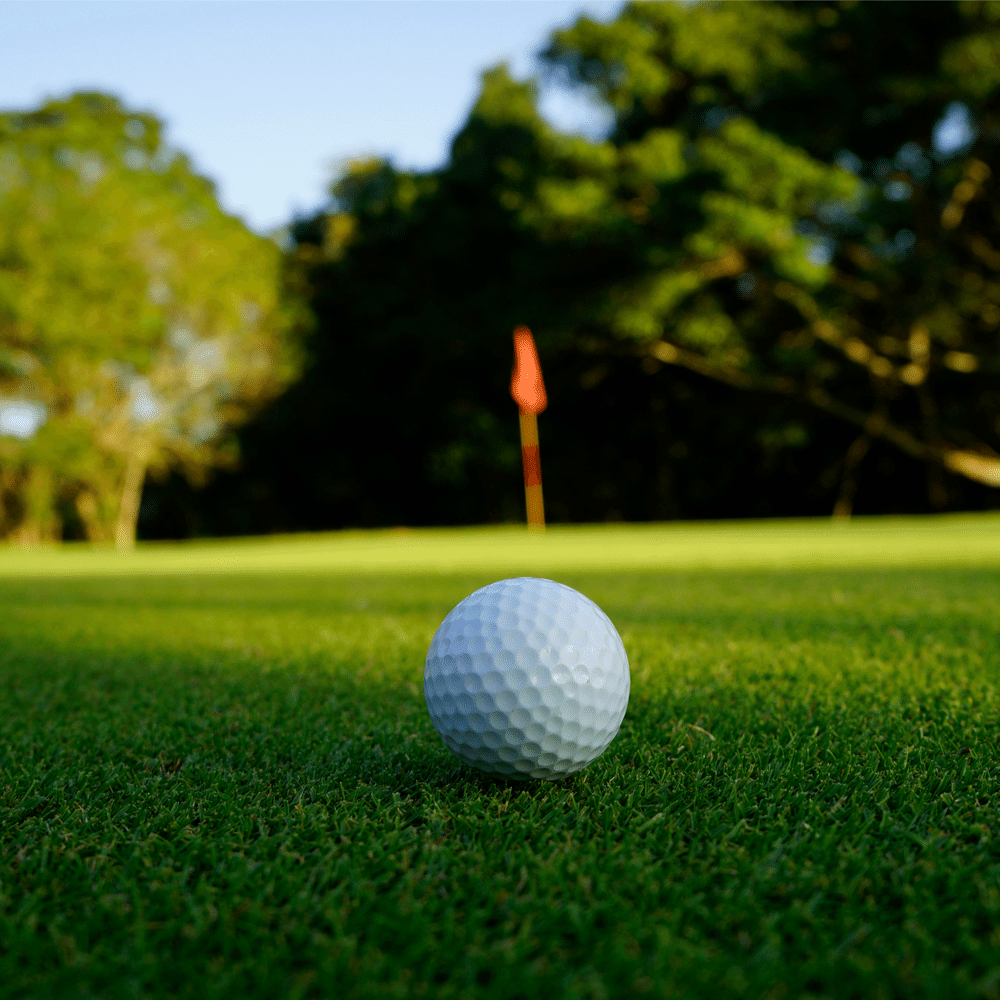
Compress to Impress: Low-Compression Golf Balls
Low-compression golf balls are ideal for beginners, seniors, and any golfer with a slower swing.
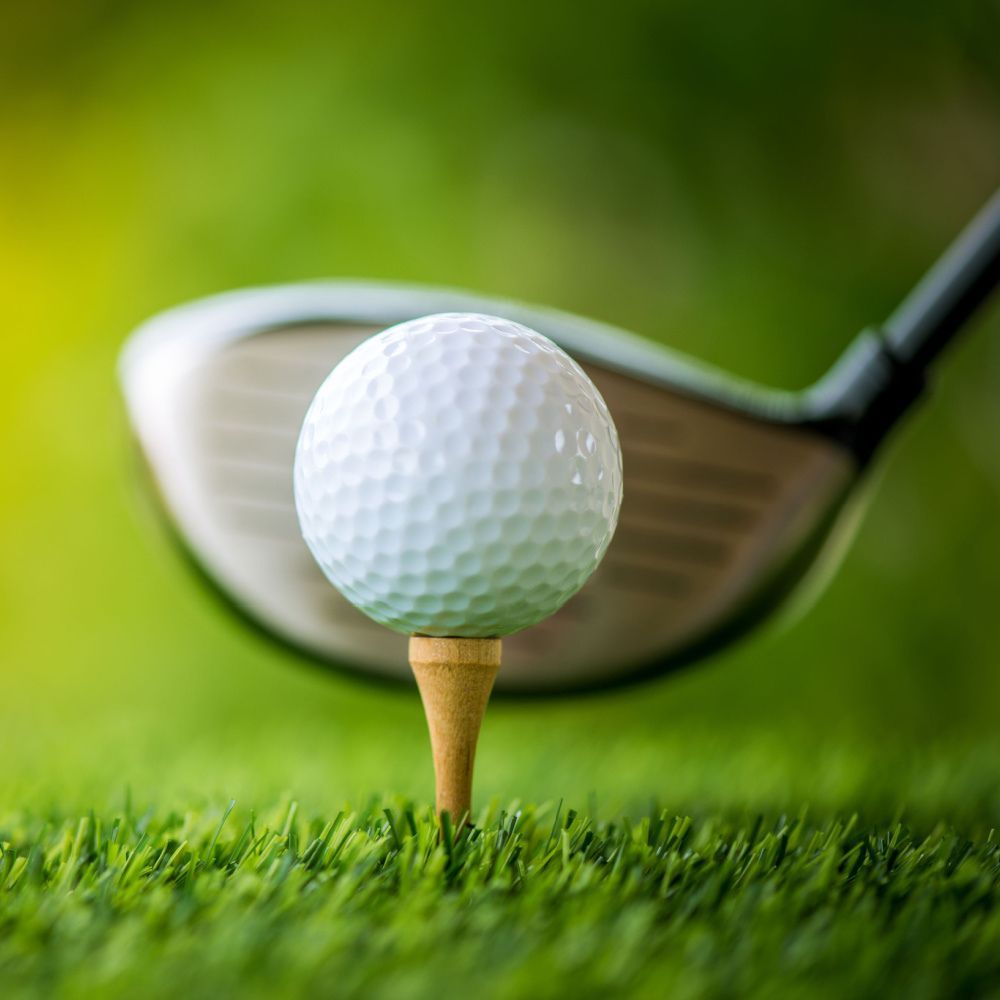
Tee Time Titans: Golf Ball Solutions For Low Handicap Golfers
The low handicapper knows their game and they know what they want in a golf ball. They are not afraid to experiment with different gear. They're always looking for an edge especially when it comes to the golf ball. They want it all - distance, forgiveness, feel, high short-game spin, low long-game spin... They lean toward premium golf balls but value hybrids are also a great option.
Straighten Up And Fly Right: Golf Balls to Tame Your Slice
To help fix your slice, opt for a low-spin, low-compression golf ball for maximum forgiveness The reduced sidespin will help you straighten out those wayward slices.
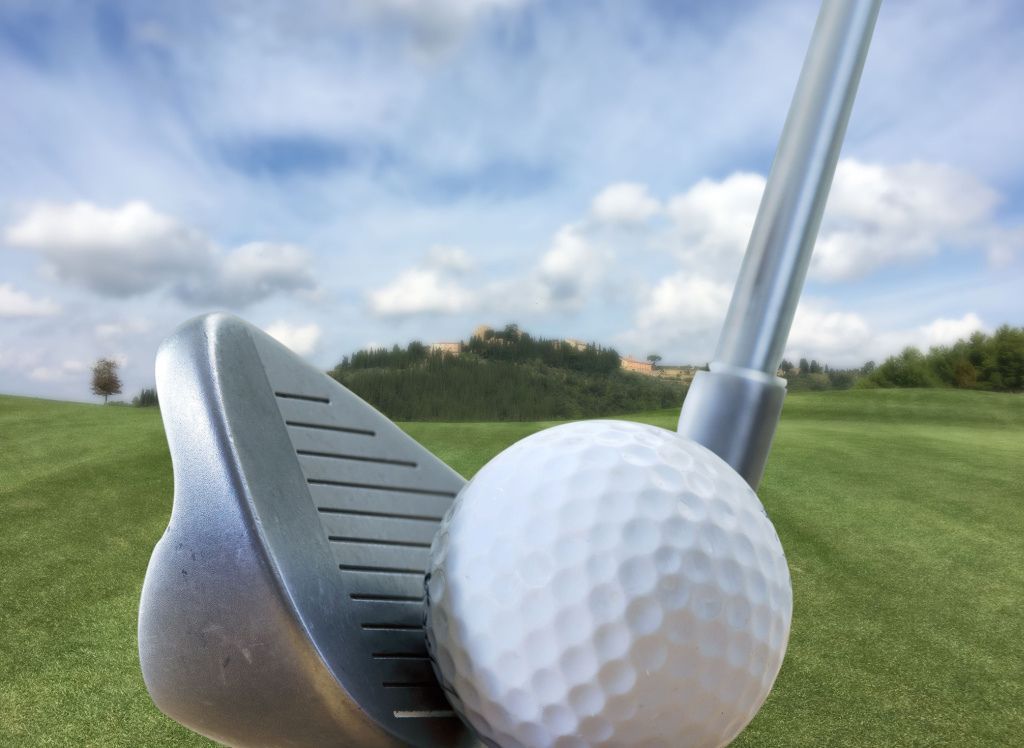
Miles Ahead: Golf Ball Recommendations for Unrivaled Distance
For the distance seekers, look for golf balls with low spin off the driver. Whatever your swing speed is make sure you choose the right compression golf ball. Otherwise, you will not be able to unlock the golf ball's potential and generate the distance you desire.
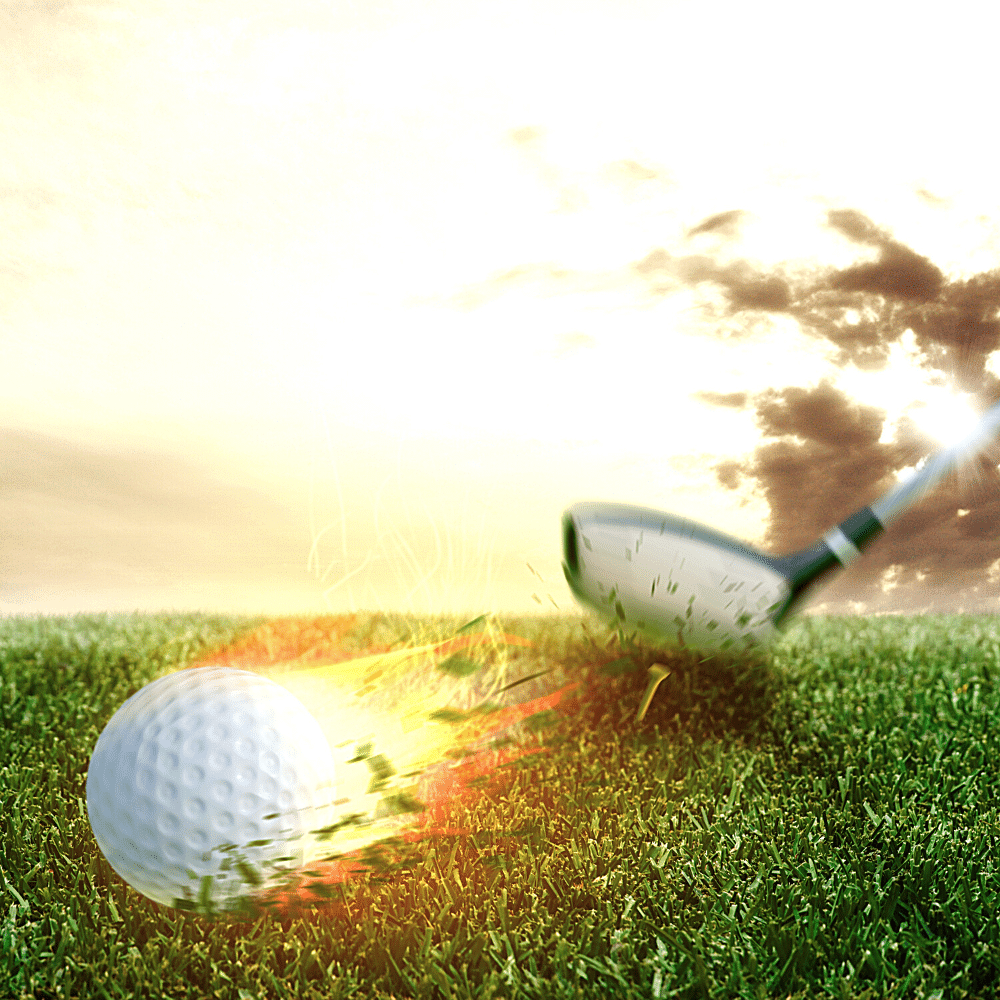
Battle of the Brands: Best Golf Balls by Brand
Who's your sponsor? Callaway... TaylorMade... Bridgestone...
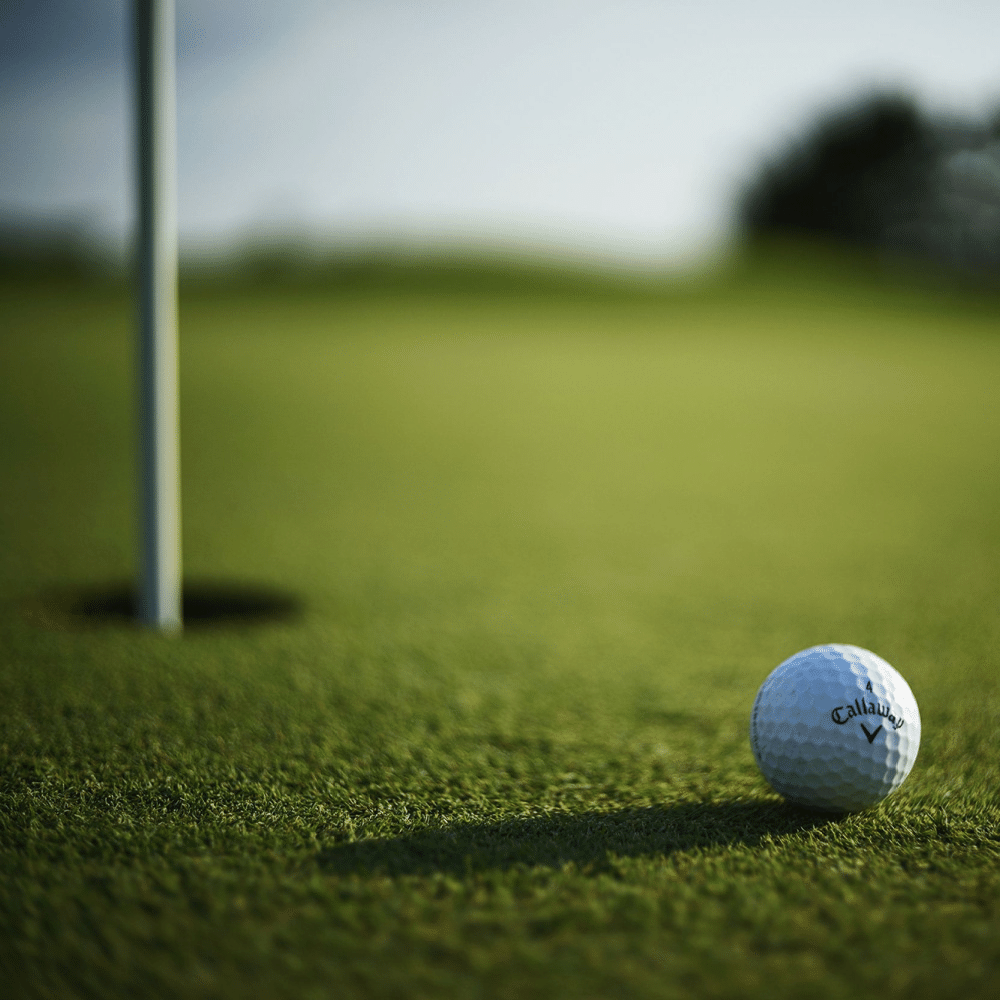
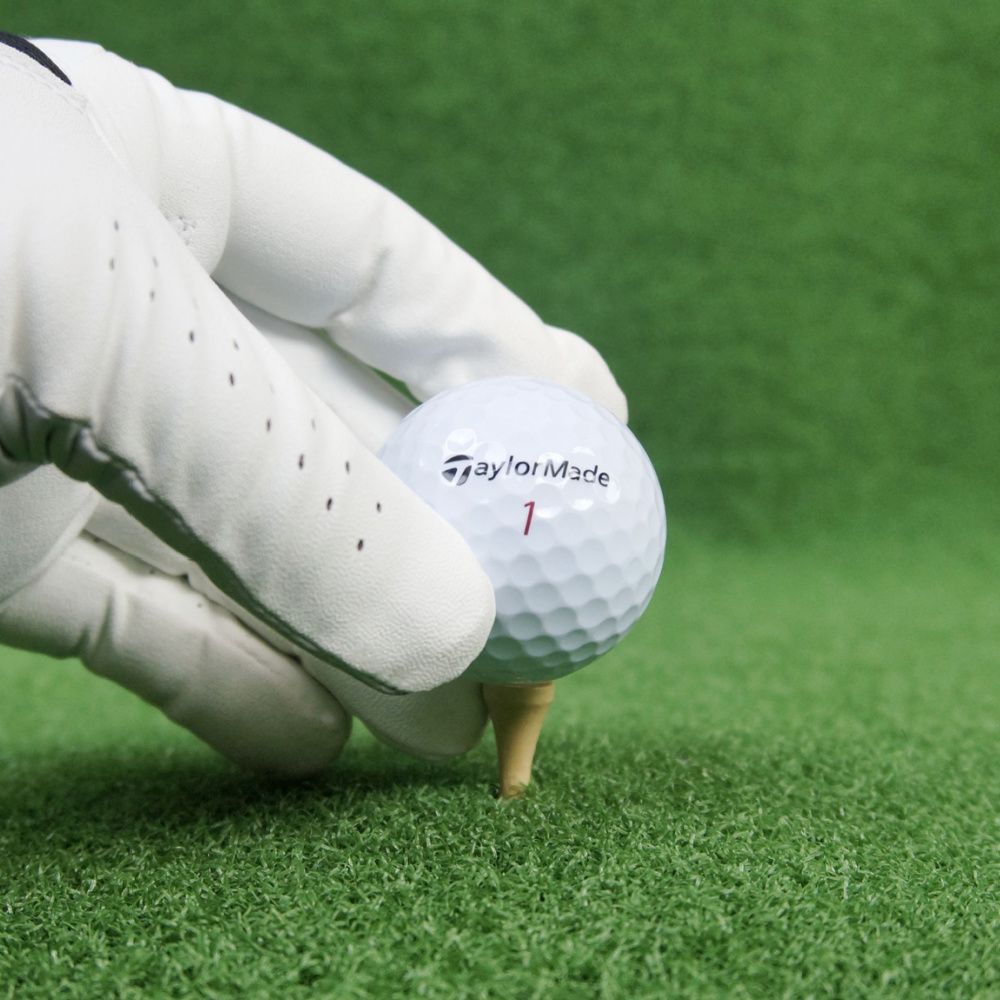
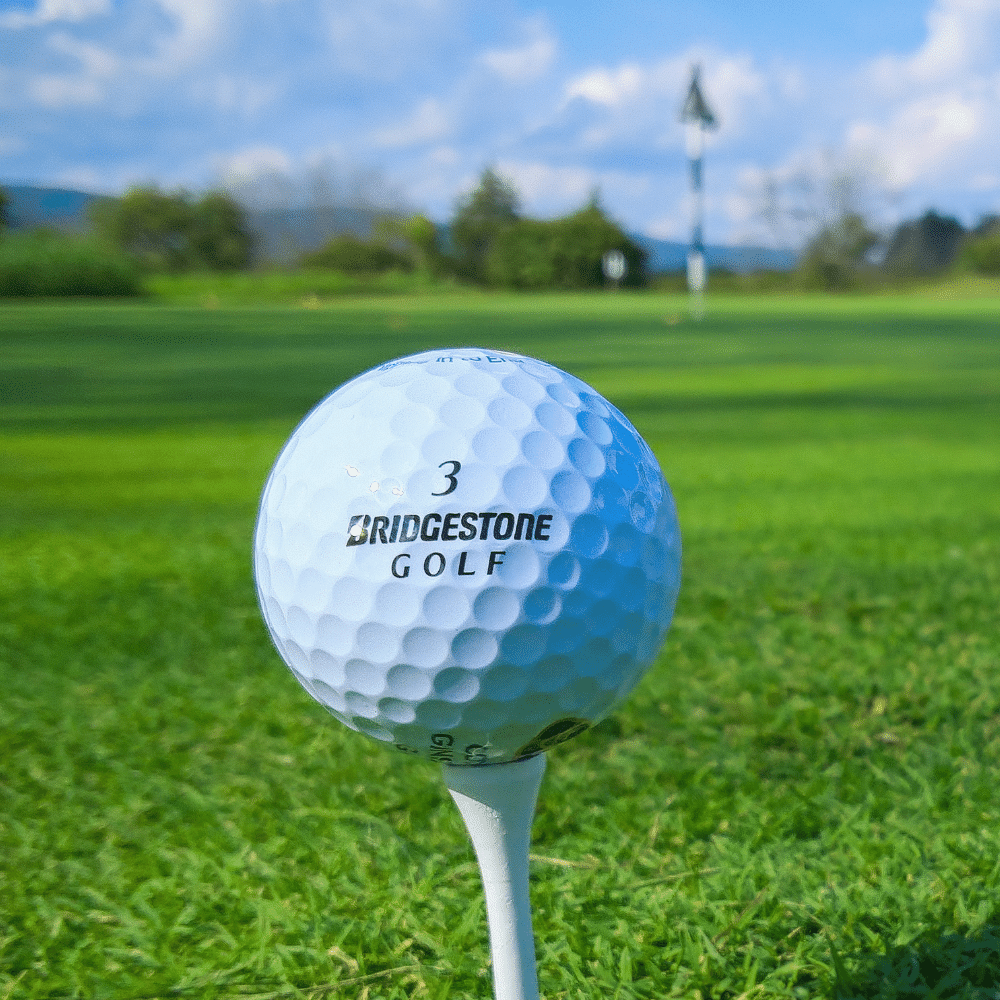
The 19th Hole: Wrapping Up Our Golf Ball Journey
And there you have it, folks – a whirlwind tour of the golf ball universe. From dissecting the layers to exploring the inside of the golf ball, we've left no stone (or dimple) unturned in our quest to help you find the perfect golf ball for your game. We recognize that choosing the right golf ball is as much an art as it is a science. However, remember, the right golf ball can be a true game-changer, so don't be afraid to experiment with different options to find your ideal match.
As we bid farewell, always keep in mind that golf is an ever-evolving journey. Your game will undoubtedly change over time, and so too might your golf ball preferences. There's no one-size-fits-all solution when it comes to the right golf ball. Embrace the adventure and never stop learning, because, in this beautiful game, the sky's the limit.
So, take a mighty swing, watch your ball soar into flight, and most importantly, have fun out there! May your drives be long, your putts true, and your golf ball selection spot on.
Thanks for visiting. We can't wait to see you again!
"Hit 'em long and straight."
Lawrence


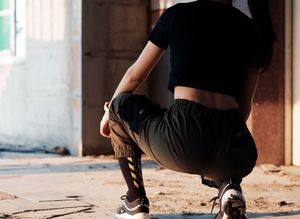



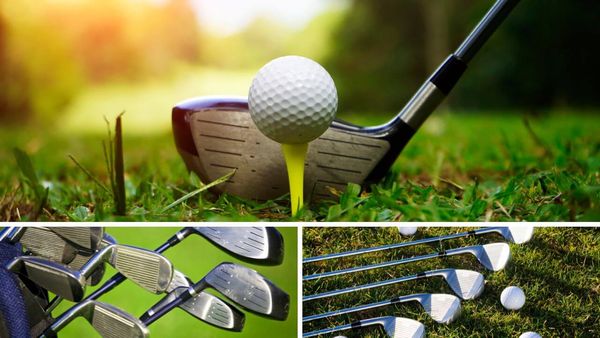
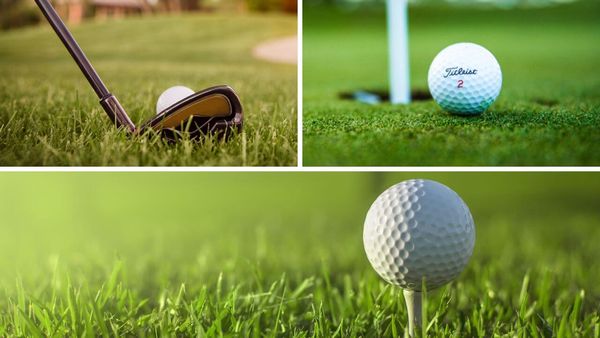
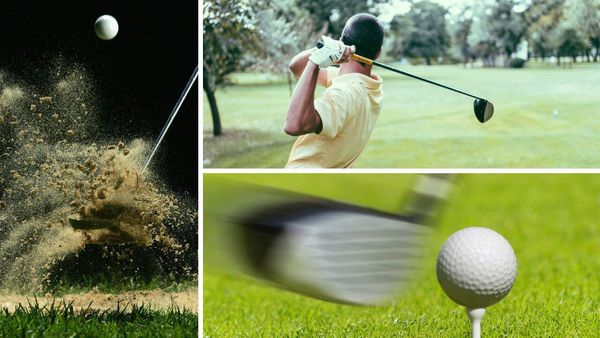
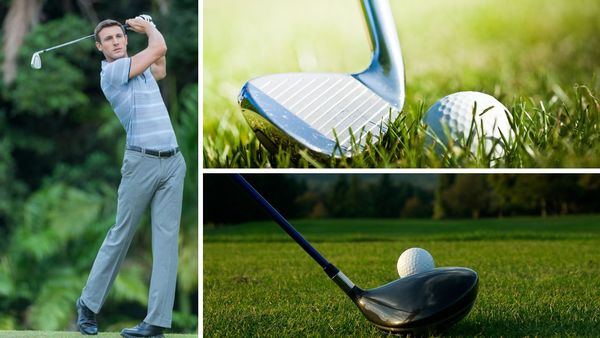
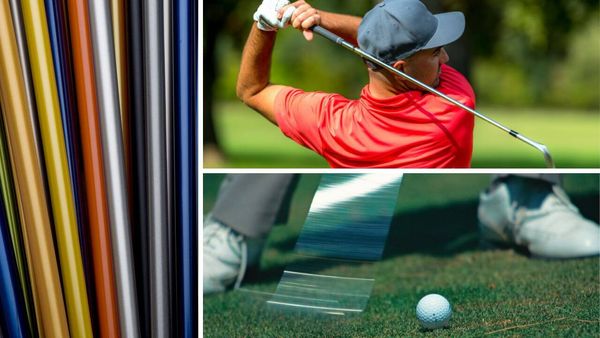
Member discussion